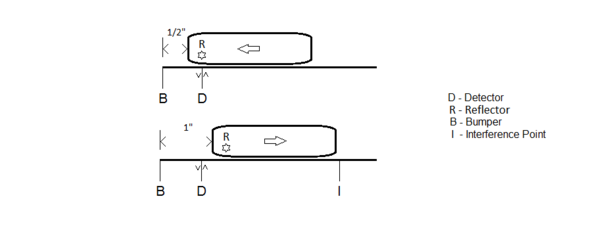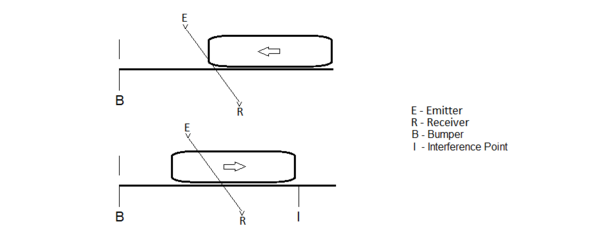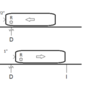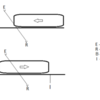I have several Lionel Bump and Go Trolleys which I have sync'd to traffic lights at a 4 way intersection using Superstreet point to point runs. I've built the circuits and installed on the layout. I'm now testing. It all works fine so far except I need the trolley to stop immediately when it crosses the IR detectors embedded in Superstreets just before the bumper. The detector is designed to cut power which stops the trolley however there is a electronic delay. The trolley crosses the detector, bumps, reverses, power cuts, coasts which all result in the trolley stopping about an inch just off the bumper/sensors. The trolley restarts after 3 seconds when the detector times out. I need the trolley to stop closer to the bumper and still on the sensor to avoid collision since the Superstreet run is just an inch or so longer than the trolley. There are solutions, like relocating the reflective sensor which would be very very difficult at this point. No space to make the Superstreet runs longer.
I'm wondering if I can delay/slow the trolley after it bumps. I tried reducing trolley speed which helped but didn't solve the issue. I think the trolley motor is DC rectified on-board. The trolley bumps, reversing polarity which changes direction. Any ideas to add an RC circuit across the motor to slow the trolley restart after the bump ? Another idea is to add weight to the trolley. Thanks in advance.















